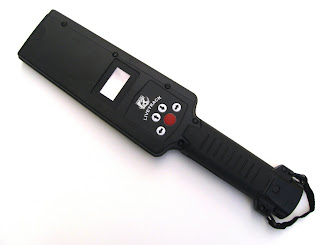Companion Animal ID (RFID Microchip)
When animal guardians finally get with the program and always place identification on their companion animals, maybe this column will have the opportunity to address other subjects.
But, the problem continues.
Every week a sad tale of woe comes to my attention about a dog or cat that has become lost and is not wearing an ID tag and is not microchipped. It is nearly impossible to reunite an animal and its guardian.
This is the easiest problem to solve.
When a dog, cat, puppy or kitten is adopted from a shelter, humane society or rescue organization, it should go to its new home with an ID tag attached to its collar, and perhaps take an extra step to have the animal microchipped. That is sort of like wearing a belt and suspenders just to be sure. Imagine what goes through the mind of the person who discovers a strange dog or cat in the yard that is not wearing a collar and tag. Strangely, many dogs and cats are wearing a collar of some sort, but no tag. What is the point?
If a family decides to purchase a dog or cat from a breeder, surely that breeder will place a collar and an ID tag on that animal. It is not worth taking a chance to let the animal leave the premises without ID.
More and more animals are being microchipped during its first visit to a veterinarian, but it should also wear a collar with an ID tag as many people do not know about micro chipping or where to take the animal to be scanned to determine if the dog or cat has been "chipped."
Always call the animal shelter, humane society facility or veterinary office to be certain the animal can be scanned, rather than go driving all over town looking for an office that does have a scanner.
Read the full article. Source: Marshall News Messenger.














0 comments:
Post a Comment